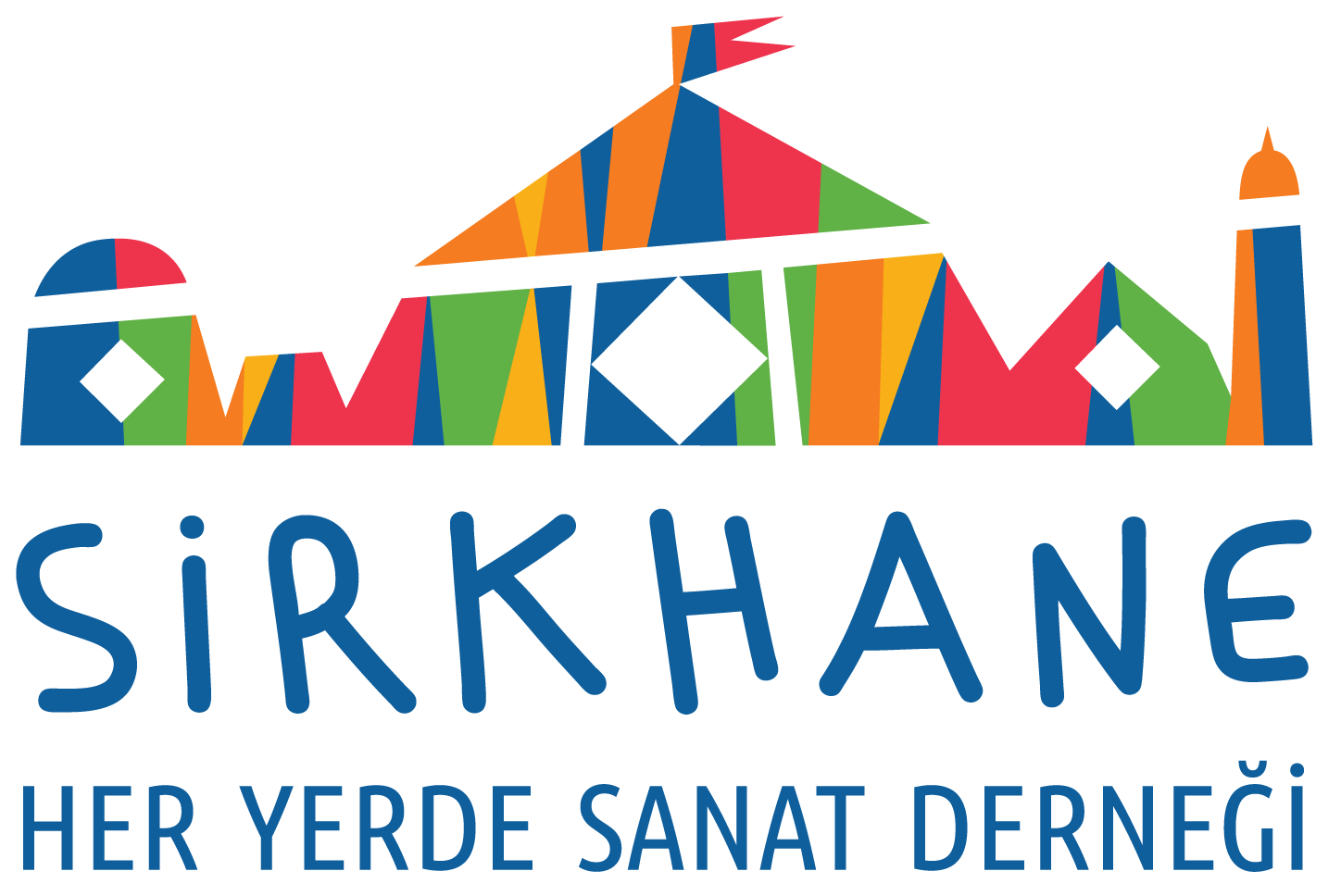These exuberantly free photos were made by children living along Turkey’s border with Iraq and Syria - the washington post
From the book, "i saw the air fly." Ahmed, 10 years old, from Alhaske, Syria. (MACK)
The concept of teaching children to make photographs in a workshop or some other place isn’t a new one (I’m thinking of “Born into Brothels” and “Kids with Cameras,” for example). But at least from what I have seen over the years, it always seems to be a fruitful one. The younger we are, the fewer preconceived notions we have. That makes for what I think is probably a more honest and free approach to creation.
A new book called “i saw the air fly” (Mack, 2021) proves to be no exception to what I’ve observed. The book, edited by Mack’s Liv Constable-Maxwell and Morgan Crowcroft-Brown, is a collection of work done by children living in a town in Turkey near the border with Syria and Iraq.
From the book “i saw the air fly.” Ilava, 10 years old, from Kobane, Syria
Many of the children who have made the photographs featured in this extraordinary new book are refugees who fled war in Syria and Iraq. The children have learned how to make, process and print photos, all thanks to the Sirkhane Darkroom program.
Led by a young photographer named Serbest Salih, a Syrian refugee, the program was founded in 2012 as a way to empower children whose lives have been upended. Teaching them how to make their own work gives them a way to tell their stories and to share them in a concrete way with people outside their ambit.
To use the vernacular of the day, Sirkhane Darkroom makes it possible for these children well-acquainted with the miseries of war to “be seen.” Everyone wants to be seen and acknowledged. That is a fundamental quality of being human. One effect of war and poverty and other kinds of hardship is to erase one’s sense of self, creating hopelessness.
“Seeing people” and acknowledging them helps restore a sense of self. Sharing it with the world helps cement that sense of self. At least, that’s the hope.
Photography is a universal language. You can understand its visual cues much easier than is possible through, say, trying to speak to one another. On a very basic level, we are all able to process what we see through our eyeballs. We don’t have to learn a new alphabet or a new spoken language to process what our eyes show us.
From the book “i saw the air fly.” Refai, 12 years old, from Hasakah, Syria.
As Salih says toward the end of the book:
“When you look at these photographs collected together, you see children sharing with us true moments from their lives: moments inside their homes, with their friends, with family. These aren’t the photographs adults expect to see from children who have grown up surrounded by conflict; they aren’t photographs of trauma or sadness. Instead, they are a testament to the resilience of the childhood imagination, the healing power of photography, and the enchanting perspective of childhood.”
From the book “i saw the air fly.” Alin, 10 years old, from Mardin, Turkey.
I find the photographs in the book to be exuberant and free of constraints and rules. The book is refreshingly free of any need to impress or be serious or produce something to get ahead. It’s all about these children giving us a window into their lives. As simple as that sounds, it’s also pretty profound for those of us caught up in “adult” pursuits of career and family obligations.
It’s a joy to page through “i saw the air fly.” It reminds me of a time in my own life when the world felt so big and open and full of possibilities. And it’s even better to think that these photographs helped some who would otherwise be invisible become visible.
You can buy the book through the publisher’s website here. And you can find out more about Sirkhane Darkroom here.
From the book “i saw the air fly.” Muhammed, 17 years old, from Raqqa, Syria.





